March 2025


Principal Consultant

Reviewed By
The global viral vector and plasmid DNA manufacturing market size was estimated at US$ 6.01 billion in 2023 and is projected to grow to US$ 43.04 billion by 2034, rising at a compound annual growth rate (CAGR) of 20.7% from 2024 to 2034. The evolving usage of plasmids and vectors in various applications is driving the market’s growth.
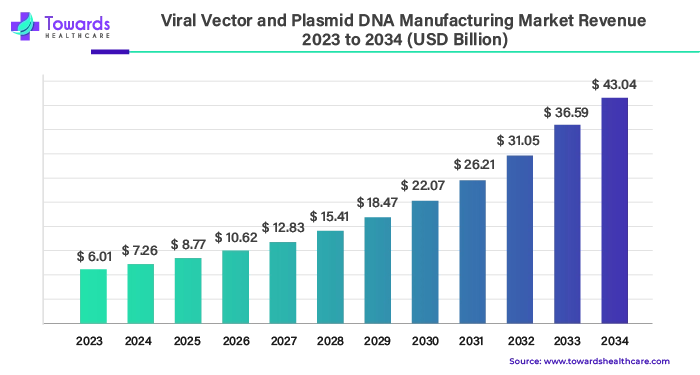
Although plasmids are commonly employed for the encoding, replication, and modification of genetic material, viruses are an effective means of delivering genetic information to cells. There are several benefits to studying when plasmid DNA is modified for use with virus-mediated delivery. Plasmids can range in size from a few genes to over 100 genes, and they are often found in bacteria. Plasmids have been shown to be useful tools for gene manipulation, cloning, and transmission across scientists. Vectors are plasmids that are employed in experiments for these objectives. The most efficient method of transferring genes to alter certain cell types or tissues is viral vector manipulation, which may also be used to express therapeutic genes. The viral vector and plasmid DNA manufacturing market is growing to various applications in oncology, gene therapy, biotechnology, vaccine development, and so on.
The emergence of artificial intelligence (AI) has presented fresh chances to improve and speed up the DNA plasmid vector creation process. The examination of DNA sequences has demonstrated the revolutionary nature of artificial intelligence. Large volumes of genetic data from many sources may be processed by machine learning algorithms, which can then be used to spot trends and comprehend the roles played by distinct genetic components. The logical design of multi-component vectors that contain several genes or regulatory elements is a good fit for artificial intelligence.
| Company Name | ProBio Inc. |
| Headquarters | New Jersey, U.S., North America |
| Recent Development | In June 2024, a new, state-of-the-art facility in Hopewell, New Jersey, allowed ProBio Inc., a contract development and manufacturing organization (CDMO) located in New Jersey, to expand its manufacturing capabilities for viral vectors and plasmid DNA. The production of life-altering cell and gene treatments in North America will be greatly aided by ProBio's new, state-of-the-art facility, which will operate as the center of operations for its activities in the region. |
| Company Name | Asahi Kasei Corporation |
| Headquarters | Tokyo, Japan, Asia Pacific |
| Recent Development | In June 2024, the full-service biologics CDMO Bionova Scientific, a US subsidiary of Asahi Kasei Medical, made the decision to open a new business line offering services utilizing plasmid DNA and to construct a facility specifically for this purpose in Texas. |
The viral vector and plasmid DNA manufacturing market is growing due to the growing prevalence of genetic disorders. Plasmids and viral vectors are necessary for the study of genetic disorders and for the development of gene and cell therapies. As the population is growing, the number of people with genetic disorders is also growing, which is increasing R&D and therapies need.
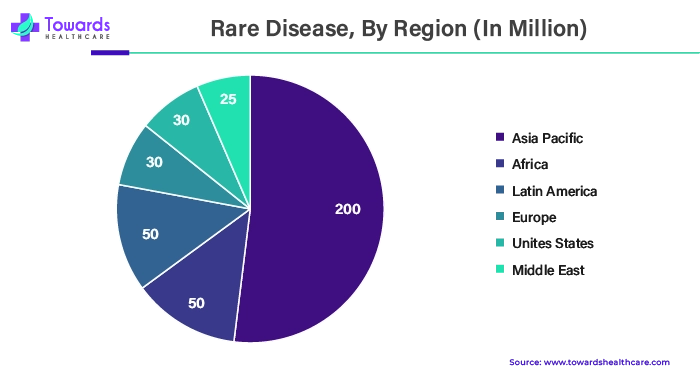
Ethical concerns surrounding gene editing and gene transfer have hindered the growth of the viral vector and plasmid DNA manufacturing market. Safety is the primary concern because gene editing can lead to side effects. Some fear that informed permission cannot be obtained for germline treatment. Like with many new technologies, there are worries that genome editing may remain a luxury of the rich and exacerbate already-existing inequalities in access to other treatments such as health care. Some fear that if germline editing is used too broadly, it may result in classes of people based only on the caliber of their modified genomes.
As the prevalence of the disease is increasing and many therapies fail to cater to the needs of individuals, the demand for personalized medicines is also increasing. People are willing to pay extra for better treatment options. The growing demand for personalized medicines is promoting the growth of viral vector and plasmid DNA manufacturing market because plasmids and vectors are highly used in the experiments and development of gene and cell therapies where the genetic material of individuals is used for developing the treatment option.
By vector type, the adeno-associated virus (AAV) segment dominated the viral vector and plasmid DNA manufacturing market in 2023. The most popular method for delivering genes to treat a wide range of human illnesses is using adeno-associated virus (AAV) vectors. AAV offers long-term transgenic expression by chromosomal integration, little toxicity, and an apparent absence of pathogenicity. Antisense or ribozyme genes have been effectively transferred using AAV as a therapeutic gene transfer vector in pre-clinical cancer models, making it a promising option.
For instance,
By disease, the cancer segment held the largest share of the viral vector and plasmid DNA manufacturing market in 2023. Delivering genetic information to a tumor to enable the generation of therapeutic proteins is known as gene or cell therapy, and it has become a viable option for treating cancer. To safeguard and facilitate the efficient tissue or cell entrance of the target gene, DNA is typically paired with a vector or gene delivery vehicle of some kind.
By workflow, the downstream processing segment held the largest share of the viral vector and plasmid DNA manufacturing market in 2023. In order to fulfill the increasing demand, it is necessary to enhance upstream productivity in order to meet yield and efficiency targets, guarantee strong impurity removal, optimize downstream recovery, and maintain patient safety. Understanding every aspect of unit operations in great detail is necessary for scaling and improving downstream processes during mass production.
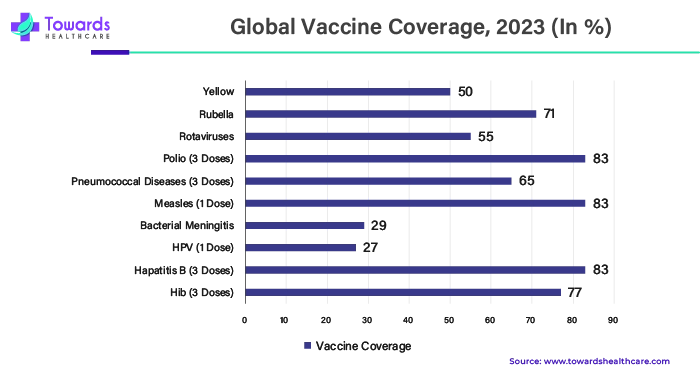
By application, the vaccinology segment held the dominant share of the viral vector and plasmid DNA manufacturing market in 2023. An innovative method of eliciting an immunological response is DNA vaccination. Recently, a completely novel method of immunization has been created. It depends on the target antigen being produced in situ. It entails the direct insertion of a plasmid bearing the DNA sequence encoding the antigen or antigens against which an immune response is desired into the proper tissues. Compared to conventional methods, this strategy has various potential benefits, including increased vaccine stability, activation of both B- and T-cell responses, lack of infectious agents, and comparatively simple large-scale manufacturing.
For instance,
By end-use, the research institutes segment dominated the viral vector and plasmid DNA manufacturing market in 2023. There is a continuous need for research and development to produce vaccines and therapeutics for curing various diseases. Apart from this, there are multiple fields that require the use of viral vectors and DNA plasmids for research purposes. These fields are biotechnology, pharmaceuticals, agriculture, food and beverages, microbiology, virology, botany, zoology, and any field involving genetic material. Researchers continuously need vectors and plasmids to conduct research, increasing the market demand in research institutes.
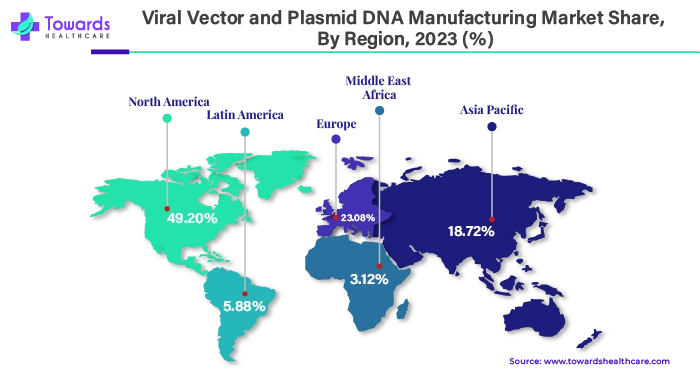
By region, North America dominated the viral vector and plasmid DNA manufacturing market share by 49.20% in 2023. A significant contributing aspect is the abundance of research institutions and institutes actively involved in the development and study of cutting-edge remedies, such as gene and cell therapy. These organizations prioritize investigating cutting-edge methods of utilizing plasmid DNA and viral vectors to treat cancer, genetic abnormalities, and other ailments.
Every year in the United States, about 5,700 babies are born with Down syndrome. This suggests that around 1 out of every 640 babies is born with Down syndrome.
The most common kind of inherited blood disorder, sickle cell disease, affects an estimated 70,000–100,000 people in the United States. Over 90% of the population is Black or African American, with the remaining 3% to 9% being Hispanic or Latino. For Americans with sickle cell disease (SCD), the average life expectancy is expected to drop by more than 20 years.
One in every 300 people in the US has inherited hemochromatosis. One of the most common genetic diseases, type 1 hemochromatosis, affects around a million people in the United States.
Additionally, the market is growing because of the expenditures made by federal agencies in North America to promote and broaden the body of cell therapy research. These investments are intended to improve the infrastructure, knowledge, and capacities of cell therapy, including the production of plasmid DNA and viral vectors. The assistance of the government and regulatory bodies fosters an atmosphere that is favorable for research and development endeavors, which propels the viral vector and plasmid DNA manufacturing market's expansion in North America.
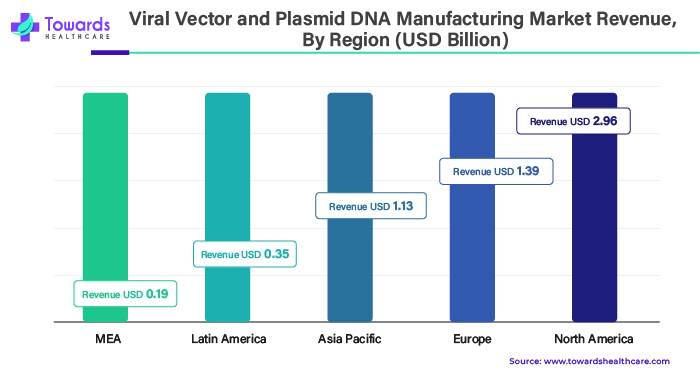
In 2023, North America dominated the global viral vector and plasmid DNA manufacturing market, generating significant revenue of approximately USD 2.96 billion. This substantial revenue reflects the region's leading position in the industry, driven by its advanced biotechnology infrastructure, high levels of investment in research and development, and a robust healthcare system. North America's strong market performance is further supported by its extensive network of pharmaceutical companies and research institutions, which are at the forefront of innovative applications and advancements in viral vector and plasmid DNA technologies.
By region, Asia Pacific is expected to grow at the fastest rate during the forecast period. Gene therapy is an attractive therapeutic option because of the high prevalence of many diseases in the Asia Pacific area and the region's sizable patient population. The need for plasmid DNA and viral vectors for clinical research and the potential commercialization of gene therapies is heightened by this sizable patient population.
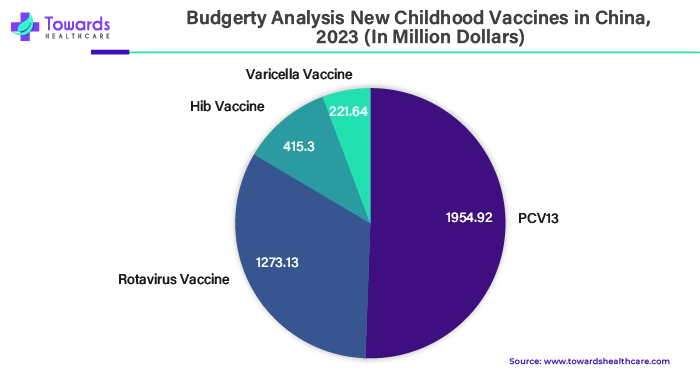
China's position as a leader in the Asia Pacific market development may be attributed to improvements in the country's regulatory environment for cell-based research operations. Growing research and commercialization of innovative vaccines in China are anticipated to support the expansion of the viral vector and plasmid DNA manufacturing market.
India is also contributing to the growth of the viral vector and plasmid DNA manufacturing market via various means. One of the major contributions is the growth of the biotechnology industry. Biotechnology continuously uses plasmid DNA and viral vectors for research & development, developing new products, study of diseases, and so on.
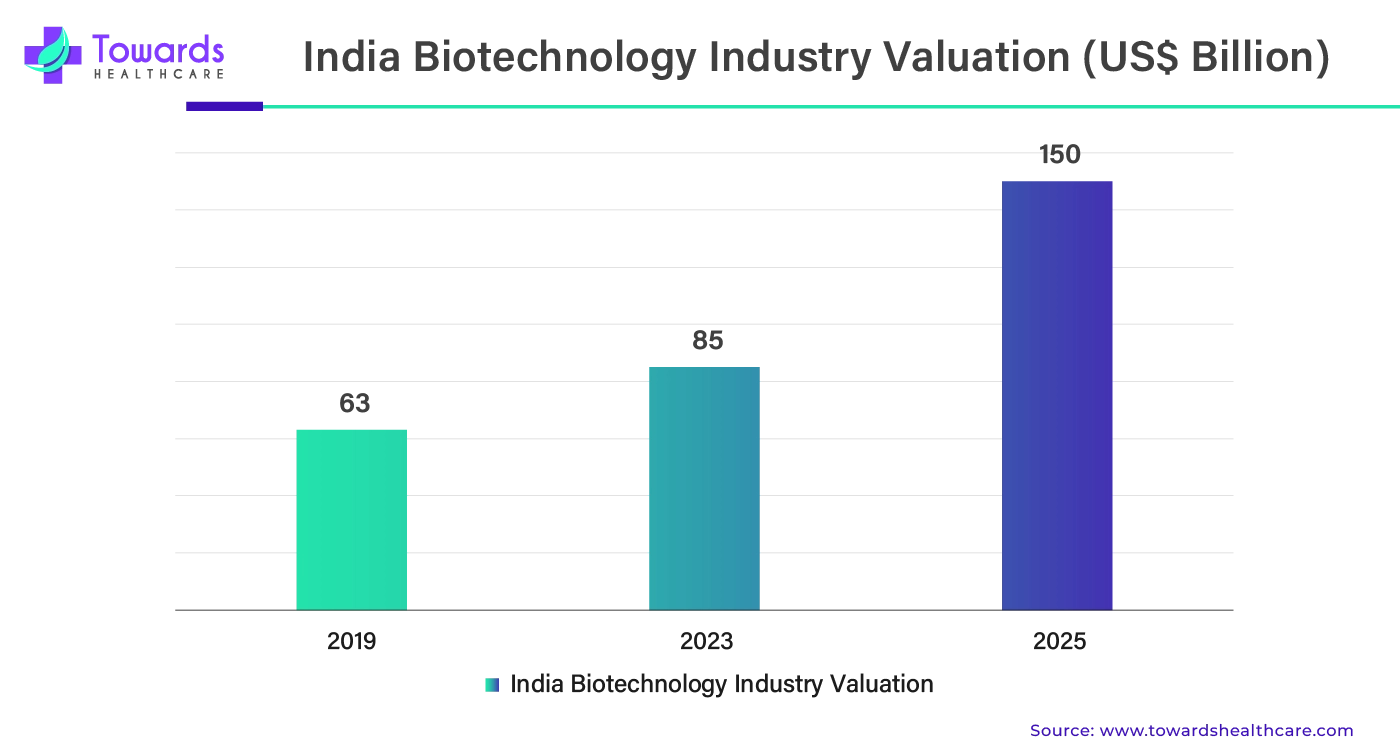
By Vector Type
By Disease
By Workflow
By Application
By End-use
By Region
March 2025
March 2025
March 2025
March 2025